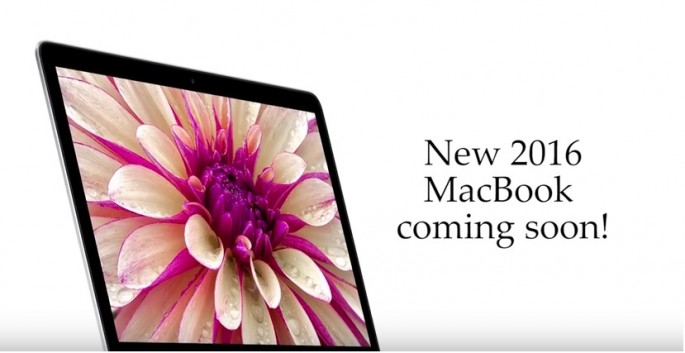Speculations are making the rounds that the MacBook Pro 2016 will be launched in September together with iPhone 7 and iPhone 7 Plus. On the other hand, Microsoft Surface Pro 5 is expected to be released in 2017.
If new reports are anything to go by, both devices will be powered by Intel Kaby Lake processors. It is said that the 2016 MacBook Pro will be available in either a 13-inch or 15-inch screen model.
The screens will have a Retina display with a resolution of 2304 x 1440 pixels. Compared to the earlier MacBook, the Apple device will have a much slimmer and lighter design.
Rumor has it that an OLED display touch bar will replace the butterfly mechanism physical function keys, according to a report from Macworld UK.
Furthermore, the upcoming MacBook Pro will ditch the headphone jack, BGR reported. Reports also indicate that the device will feature wireless capabilities.
The tech giant Apple unveiled their newest operating system, the MacOS Sierra, during WWCS. Speculations are making the rounds that the MacBook Pro 2016 will run on the latest operating system.
According to many reports, Microsoft Surface Pro 5 will be available in a 13 inch screen model. Furthermore, it is expected that the tablet will run on 16GB RAM and will have 1TB of internal storage.
If new reports are anything to go by, Kaby lake processor was delivered to manufacturers. Low-power processors that are more suitable for tablets will ship first and high-power processors will ship at a much later date. It is believed that the high-power processors will be used in iMac and MacBook Pro.
Kaby Lake adds native USB 3.1 Generation 2 support and uses the 14nm process. In the processor, there is an inclusion of an integrated support for 40 Gigabits Per Second (Gbps) Thunderbolt 3.
Thunderbolt 3 supports DisplayPort 1.2 and HDMI 2.0 and has enough bandwidth to drive a pair of 4K displays at 60Hz. Also, integrated graphics speed improvements are expected in Kaby Lake.
In Kaby Lake, there will be 5 classes of processors, with one for laptops, two classes for tablets and mobile devices and remaining two classes for spanning servers, high-power workstations and desktops.



























